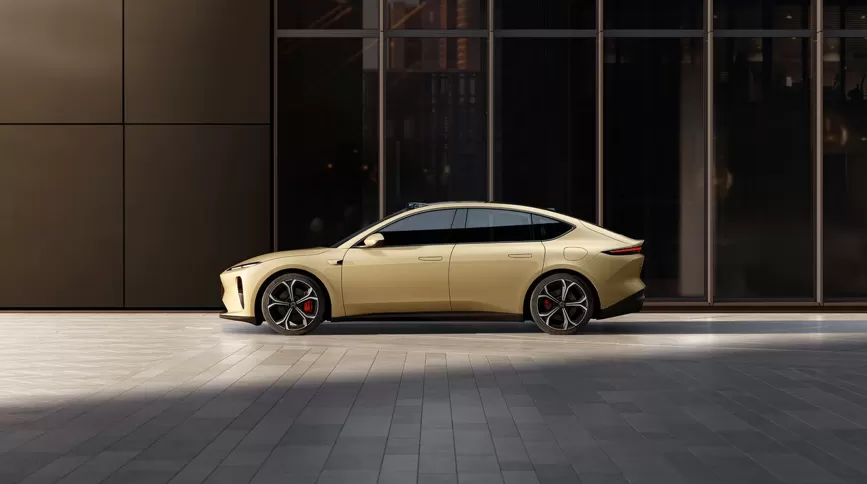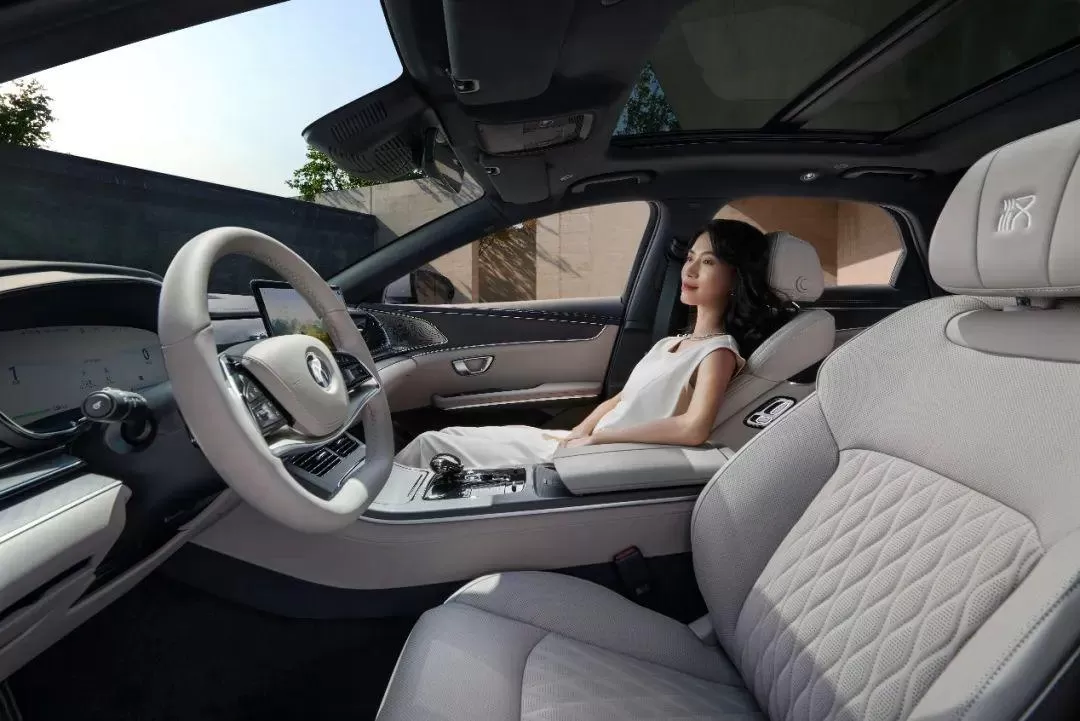The August SUV sales ranking has just been released, sparking heated discussions in the auto industry. Some are delighted, while others are dismayed. Sales data is like a mirror, reflecting the real position of various automakers in the market. Once again, BYD has secured multiple spots on the list, showing the unstoppable momentum of new energy vehicles (NEVs). Meanwhile, joint ventures that once dominated the sales charts are now appearing somewhat subdued.
Let’s take a look at the list. BYD stands out as the biggest winner, with three models—Song PLUS NEV, Yuan PLUS, and Song P NEV—breaking into the top ten. This is no small feat! In the era of gasoline vehicles, joint ventures firmly held half of the SUV market, and it was incredibly tough for domestic brands to break through. But now, with the rise of NEVs, BYD, leveraging its accumulated technical expertise and product advantages in the new energy sector, has managed to carve out a significant share in the SUV market.

BYD’s success is no accident. Over the years, the company has invested heavily in the NEV sector, pouring substantial funds and manpower into constant technological innovation. It has launched leading technologies such as DM Super Hybrid and the Blade Battery, earning a stellar market reputation. BYD has also continuously refined its product line, launching multiple NEV SUV models that cater to market needs, covering a range from small to mid-size SUVs to meet diverse consumer demands.
Apart from BYD, another domestic brand, Geely, has also performed remarkably. Although only the Xingyue L made it onto the list in August, it carried the flag for gasoline SUVs, ranking as the highest-selling gasoline SUV. In the current NEV-dominated market, where gasoline vehicles are seeing significant declines in sales, the Xingyue L’s ability to defy the trend speaks volumes about its strong product capabilities.
The success of the Xingyue L can be attributed to its stylish design, rich features, and decent space, as well as Geely’s consistent investment in research and development. Geely knows that in the fiercely competitive auto market, only by continuously enhancing product strength can it win over consumers. In recent years, the company has ramped up its R&D, launching advanced technologies such as the CMA Super Matrix and Thor Powertrain, injecting fresh vitality into its products.

In stark contrast to the strong performance of domestic brands, joint ventures seemed a bit “desolate” in the SUV market in August. Once dominant in sales, they now struggle to stay relevant. While the Toyota RAV4 and Corolla Cross are still holding on in the top ten, their sales are not as impressive as before. Volkswagen, Honda, and Nissan are finding it even harder to break into the top ten with their SUV models.
There are many reasons for the decline of joint venture sales. The rise of domestic brands has posed a huge challenge to them. Additionally, joint ventures have been relatively slow in transitioning to NEVs, resulting in a lack of competitiveness in the NEV market. Some joint ventures have also been slow in updating their products, with inadequate product strength affecting their market performance.
Faced with the strong challenge from domestic brands, joint ventures are also seeking breakthroughs. Brands like Volkswagen and Toyota have increased their investments in the NEV field, launching several all-electric SUV models. Some joint ventures have also started to lower their prices and offer promotions to attract consumers.

The August SUV market is characterized by the strong rise of domestic brands, challenges for joint ventures, and the increasing penetration of NEVs. With the continued development of NEV technology and changing consumer preferences, NEVs are set to become the mainstream in the SUV market. Domestic brands will likely further expand their market share, leveraging their first-mover advantage in the NEV field. As for whether joint ventures can reclaim their former glory in the NEV era, only time will tell.
The August SUV sales ranking is just a snapshot of the current competitive landscape and trends in the auto market, but it is not definitive. Every brand has its strengths and weaknesses, and every model has its target user group. Ultimately, the market will favor those who can best meet the needs of consumers.






